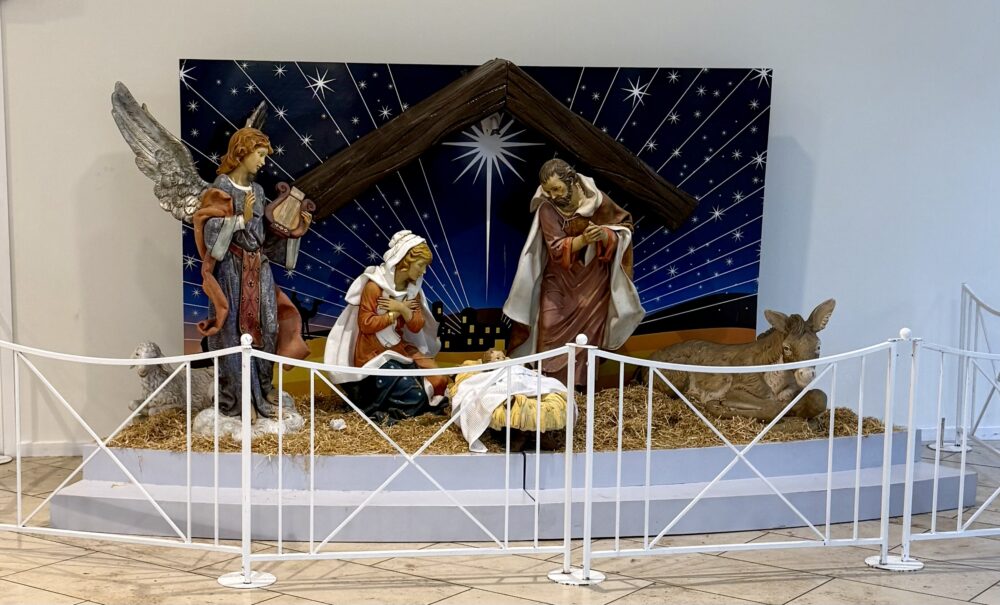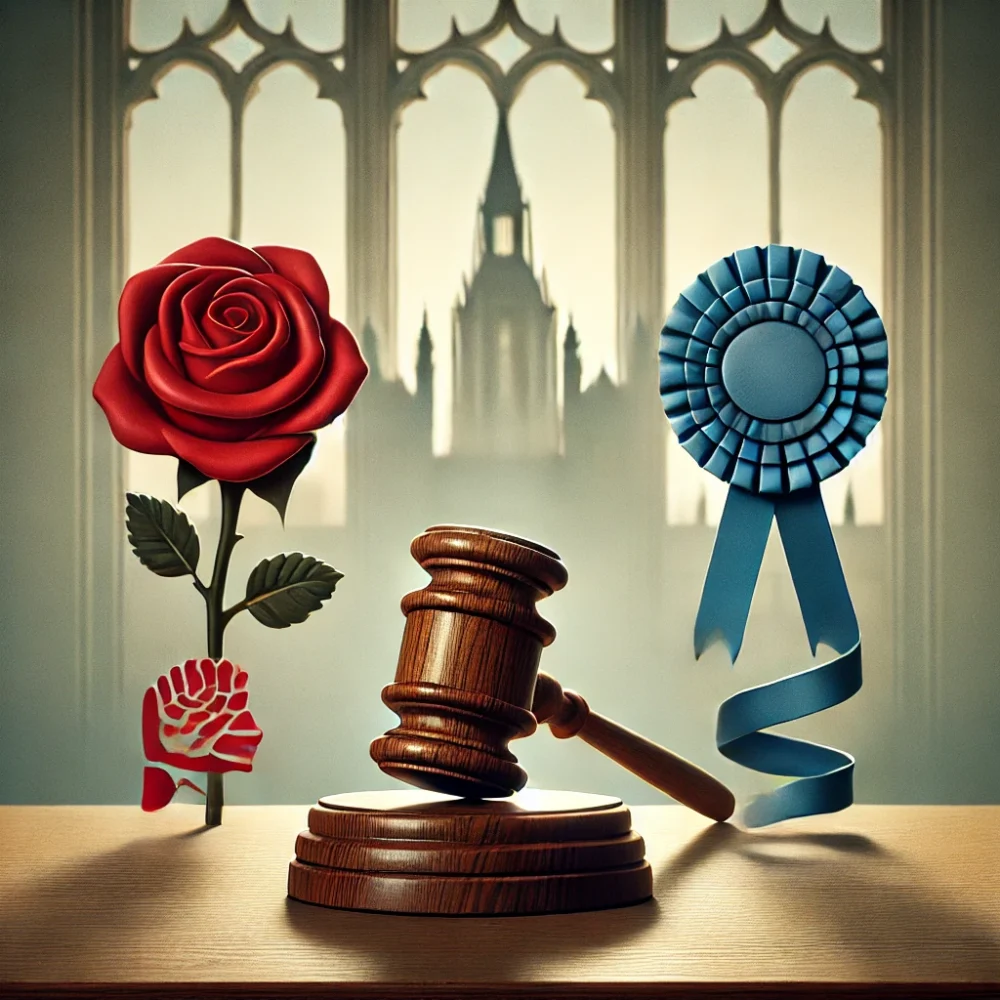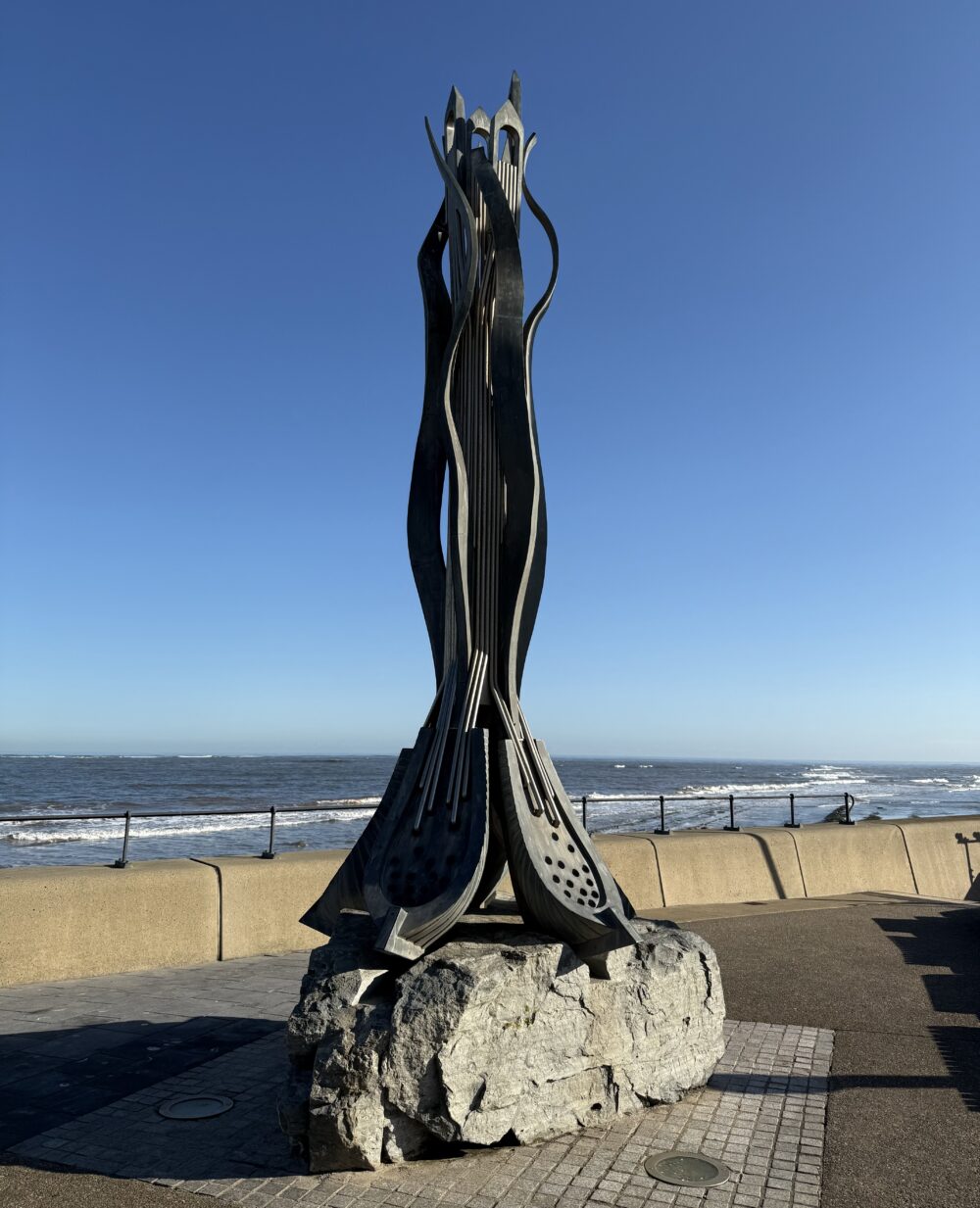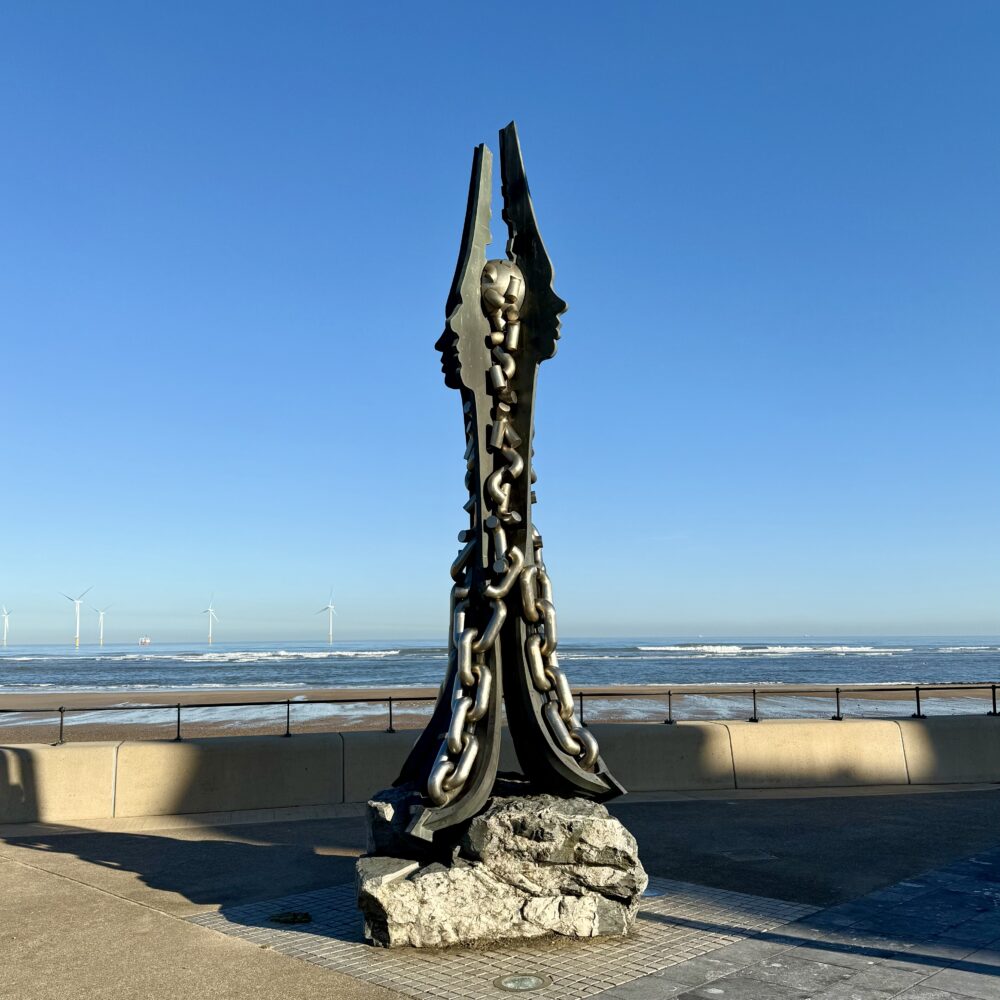Words have many meanings—and none
As you will no doubt be aware, the Supreme Court of the United Kingdom is currently mulling over the exact definition of a ‘woman’. As The Economist drily noted this week,
Finally, an answer looms for those who wonder what those 34m people in Britain who are not men might be.
The debate about the exact definitions of gender terms is distressingly toxic, and rarely seems to contain much compassion. It also often feels very current, as though it is a debate which could only exist now—which is, of course, nonsense.
We all know this is nonsense, as we all know that the role of women in society has transformed over the last century, and we all know that change always leads to conflict. Of course, there have been repeated, endless debates about the topic.
I learned this week about the case of Gwyneth Bebb vs The Law Society, heard 111 years ago next month. The similarity between the debate then and the debate now is striking.
Bebb wished to become a solicitor, but found herself prevented from doing so by the tradition that only men entered the legal profession. The Solicitors Act of 1843 referred only to a ‘person’ acting as an attorney or solicitor, setting no specific gender boundaries.
And so Bebb asked the Courts to rule on whether a ‘woman’ was a ‘person’—a very similar question to that being considered by the Supreme Court today.
Bizarrely to modern eyes, the Courts ruled that a ‘woman’ was not a ‘person’—not least because married women were unable to enter legal contracts of their own accord.
In the short term, and to Bebb specifically, this was devastating. She died from complications of childbirth aged 31, just a few years after the ruling. Yet, within a decade of the ruling, women were practising law—just as they had a few hundred years before.
I’ve no idea what the Supreme Court will conclude this time around, but I suspect the impact is likely to rhyme with history: society’s views will continue to change at an unprecedented pace, for better and for worse, and people arguing about the exact definitions of words will have little long-term impact.
This post was filed under: News and Comment, The Economist.




